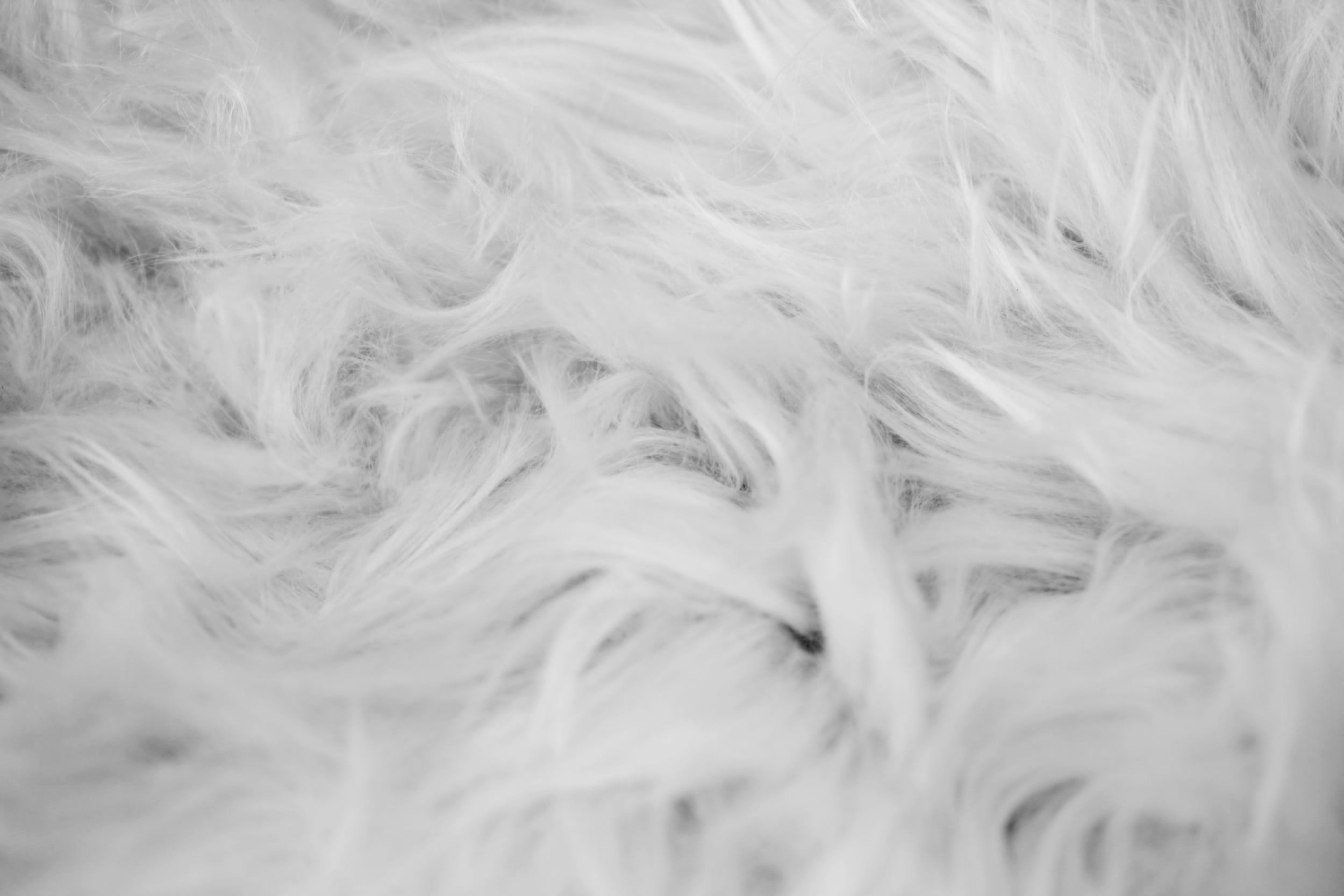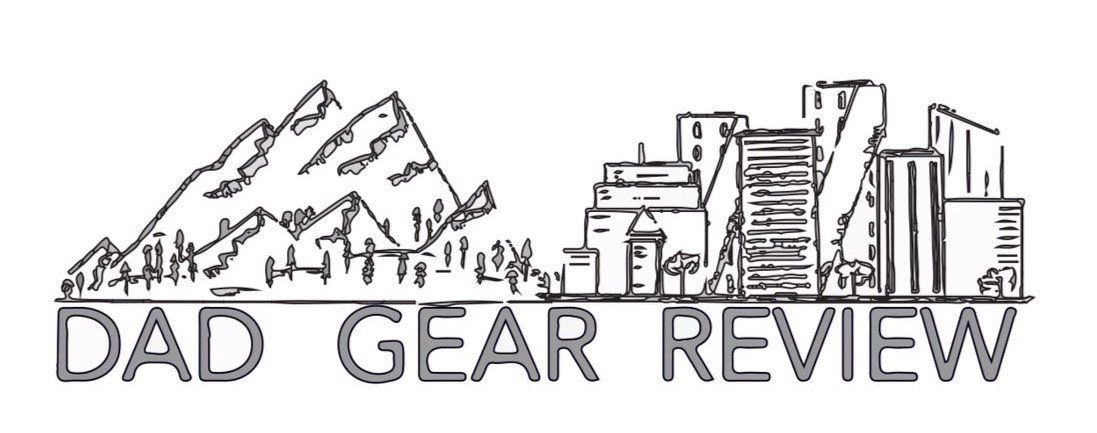
PrimaLoft Insulation Can Keep You Warm (and Safe) In Freezing Conditions, Even
When Wet. You Should Look for It When Shopping for Apparel — And You May Well Find It Used In Much of the Gear You Already Have
By Steven John
About five years back, I spent a few days in November up in Stratton, Vermont, a place where that month’s temperatures regularly fall into the low 20s. It was somewhere around that cold – below freezing, I know, though I don’t recall the specifics – when I set out for a mountain hike along with a small group of fellow adventure-minded folks.
We were making our way steadily up Stratton Mountain, despite the slopes being covered in more than a foot of fresh snow, when I came to realize how impressive the insulation made by PrimaLoft really is.
I was wearing warm, waterproof boots, water-resistant hiking pants, a long sleeve base layer shirt, a puffer jacket, gloves, and a knit cap. I had along a few extra layers tucked into a daypack just in case, but it turned out that, despite the chilly temperatures and a steady breeze coming down the snowy mountain, I’d soon be shedding apparel, not adding more on. Yes, despite it being below freezing and breezy, I was too warm with just a single base layer and a puffer, because that puffer, the Icarus Jacket by Montane, was insulated with PrimaLoft, one of the most effective technical products out there today.
With my jacket zipped open and hat and gloves removed, I enjoyed the rest of the hike up and back down the mountain. And already thoroughly impressed with the performance of my apparel, I was thrilled to get a chance to visit the PrimaLoft headquarters the next day, where I and a few other journalists learned more about the development, manufacture, and uses of the cutting-edge synthetic materials the company makes.
But as I said, that was a few years ago. So when it came time to share a thing or two about PrimaLoft with the Dad Gear Review audience, I decided to check back in over there. Thus it was that I recently sat down (remotely) with Tara Mauer-Mackay, SVP of Product Strategy with PrimaLoft, and Ken Fisk, Senior Global Communications Manager.
To start the chat off, I asked something I had not gotten the chance to learn much about during my visit a half decade back…
What is the story behind the founding of PrimaLoft in the first place?
“We were born out of a larger textile company called Albany International,” said Mauer-Mackay.
“In 1983, the United States Army research lab in Natick, Massachusetts approached Albany International looking for an alternative to down. At the time, fielded warfighters were wearing down, and down has limitations, particularly in wet environments. So the army was looking for a solution to that; a synthetic solution that would maintain its thermal properties and its loft even in wet or moist conditions. So we were kind of born out of that request.”
How did PrimaLoft get its name? Is it about “prima” meaning best and loft, well, meaning loft?
“That’s pretty kuch right,” replied Fisk, adding: “The name really is in that vein of ‘best’ and ‘loft,’ right on the nose.”
What informs the core products that time aloft creates?
“Well our core products are synthetics,” Mauer-Mackay said. “We start with a foundation of sustainability. We aim to create a product that is circular enabled, meaning that at the end of that product’s life, the materials that are used to create that product can then be reused to make another high-performance product — we almost always start with post-consumer recycled content. What’s unique about what we do is really the size of our fibers. We are able to make high-performance, highly functional fibers out of recycled materials, which previously the market was not able to do. We also look at our manufacturing process, looking for ways to produce that product while lowering our emissions. We call it our ‘pure manufacturing process,’ and a lot of our key and highest volume products are now able to be made under this process.”
What are some of the core products in which consumers will find prime aloft used?
“Of course apparel is huge, and jackets first come to mind,” said Mauer-Mackay. “But we are in so much more. We have a growing sleeping bag of presence. We are in a lot of footwear products.”
Who is the key consumer of products in which PrimaLoft is found?
“PrimaLoft today really focuses on end consumers, and we have a healthy balance of them, from the athlete who is ascending some of the biggest mountains in the world to moms and the kids who are going from their car into the grocery store,” Mauer-Mackay answered.
What are the benefits of PrimaLoft over other installations such as down?
“We consider ourselves an advanced materials science company, so we try to impart unique differentiation on everything we do,” Mauer-Mackay said. “So versus down, we have always tried to mimic the properties of down in our own unique way. We create really small microfibers that can mimic the size of down, we just put them in different structures to impart real thermal efficiency, so you are getting the most warmth, the most value, with the smallest amount of insulation, you are getting a higher degree of compressibility, and then of course wet weather performance is where synthetic really outperforms down. Our products are treated with a proprietary C-Zero finish and that helps reflect moisture away. And the small fibers create a high degree of surface tension, so even if moisture lands on the insulation it is easy to just flick off.”
Are there any common misconceptions people have about synthetic insulation?
“Yes definitely, and one of the most common, often held by moms, is that the bigger and the bulk of the product, the warmer it is going to be,” said Mauer-Mackay. “Think of that classic scene from ‘A Christmas Story’ when the little boy can’t put his arms down. Synthetic insulation is designed to maximize thermal performance in a very thin, streamlined silhouette. Now, obviously within the breadth of our portfolio we do offer thicker products, for sure, because there is a design aesthetic there, and there can be other fiber recipes that do have other benefits, but you can get a very warm jacket with a very thin profile.”
How can someone best take care of a product that features a PrimaLoft?
“Well you know with a down insulated product, it can be a pain to clean and dry it,” said Mauer-Mackay. “You have to wash it gently, then you often have to put it through several drying cycles. with PrimaLoft products, they’re really pretty easy to care for. You can just put them through a cold wash cycle, in your regular top loading or front loading machine, and you can put them in the dryer.

